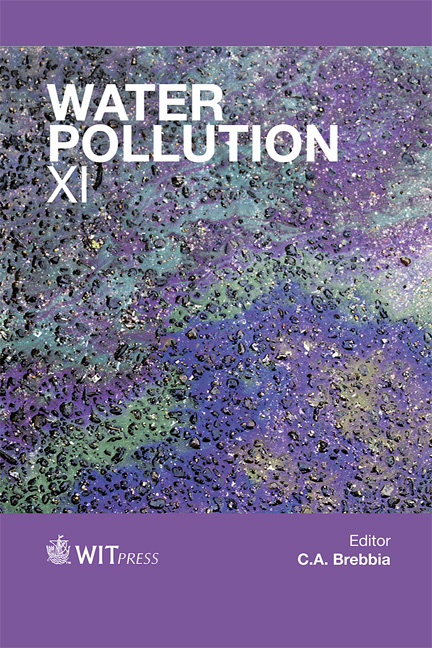Extreme Rainfall And Drinking Water Quality: A Regional Perspective
Price
Free (open access)
Transaction
Volume
164
Pages
12
Page Range
183 - 194
Published
2012
Size
901 kb
Paper DOI
10.2495/WP120161
Copyright
WIT Press
Author(s)
A. Grinham, B. Gibbes, D. Gale, A. Watkinson & M. Bartkow
Abstract
Record high, extreme rainfall intensities were observed in South East Queensland, Australia in January 2011, resulting in drinking water storages above capacity and subsequent floods. This paper focuses on changes, and subsequent recovery, in water quality due to sediment and nutrient loading associated with these high inflows across the region’s water supplies. In total, 8 systems were routinely monitored and results indicate that storages with larger and more degraded catchment areas experienced greater declines in water quality relative to storages with smaller, less disturbed catchments. A case study focussing on Wivenhoe Dam, the primary water supply for the region, revealed large scale sediment inputs to the system, estimated to between 1.5 and 20 million tonnes. These were accompanied by high nutrient and metal loads, and water column turbidity above water quality guidelines persisted for a period of at least 6 months after inflows. Given the increased likelihood of such intense inflow events in the future, sound catchment management appears imperative to reduce negative impacts on storage water quality. Keywords: extreme flooding, SEQ, sediment loading, turbidity, water storage.
Keywords
extreme flooding, SEQ, sediment loading, turbidity, water storage





